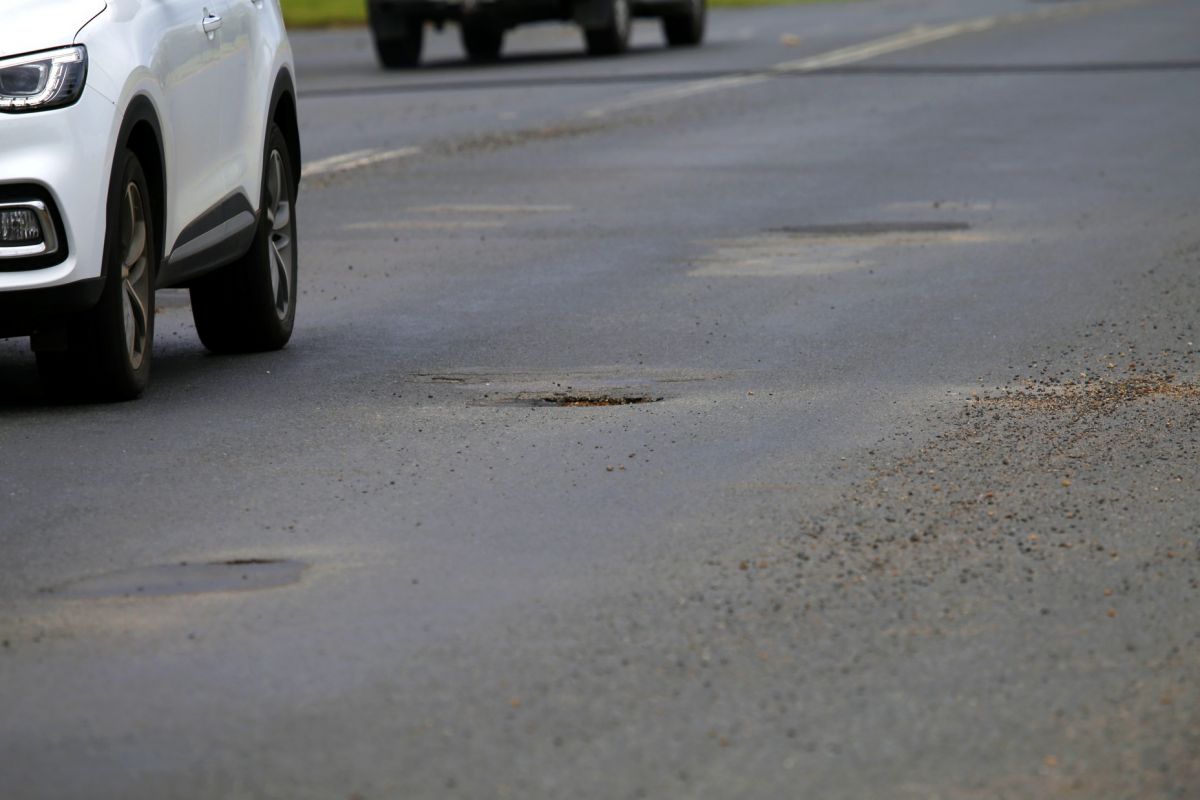Wagga Wagga City Council will seek funding to address its highest priority pothole repairs under the new $50 million Fixing Local Roads Pothole Repair Round, announced by the NSW Government earlier this week.
The funding is available to 95 regional and rural councils across the state to repair the estimated 420,000-plus potholes on local and regional roads.

Council’s Director Infrastructure Services Warren Faulkner said the funding announcement was recognition that potholes are a state-wide issue, resulting from this year’s prolonged and extreme wet weather events.
“If Council is successful in its application, we will consider engaging extra resources to help respond to the deterioration of our 2,288km road network,” Mr Faulkner said.
“Since these unprecedent weather conditions began, we have been allocating resources to working on defects across the Local Government Area, with our patching teams working overtime and on weekends.

“Unfortunately, the wet conditions mean that the repairs are occurring in conditions that are less than ideal, so they are a short-term fix until the pavement and ground has a chance to dry out.
“At the moment, the short sunny periods are not generating enough warmth to dry the pavements out and ensure the temporary patches are reasonably resilient, however we will continue to fill the potholes for safety reasons.”
As part of its 2022/23 road works program, Council has plans to rehabilitate several roads that are considered hotspots for repair and maintenance, including sections of Inglewood Road, Old Narrandera Road, Gregadoo Road, Lord Baden Powell Drive, Bakers Lane, Copland Street, Lloyd Road, Nagle Street, and Macleay Street among others.

However, Council is waiting for the current weather phenomenon to ease before commencing the works program.
“Under traditional road building methods, these rehabilitation projects generally involve removing the weatherproof seal, thus exposing the entire underlying pavement layers to the w eather,” Mr Faulkner said.
“If we seal a pavement when it’s damp, it locks in moisture which then tries to escape under the pressure of vehicle loading, causing the seal to ‘blister’ and open up, resulting in new potholes. This is a risk we can avoid at the moment.
“Ideally, we need warmer and drier conditions to bake out the moisture before we seal to ensure the quality of the pavement and make it more resilient.”
Long term plans include applying for all available grants and funding to assist with the rehabilitation of local roads and looking at resources in order to make the roads more resilient to all conditions.






